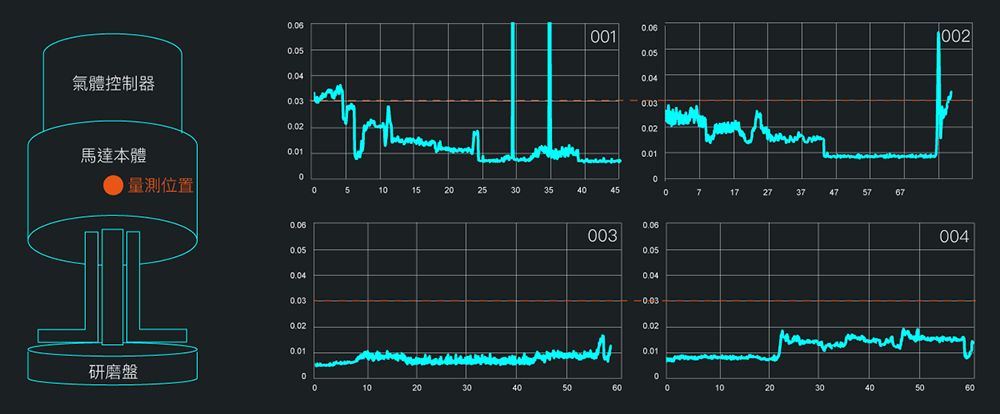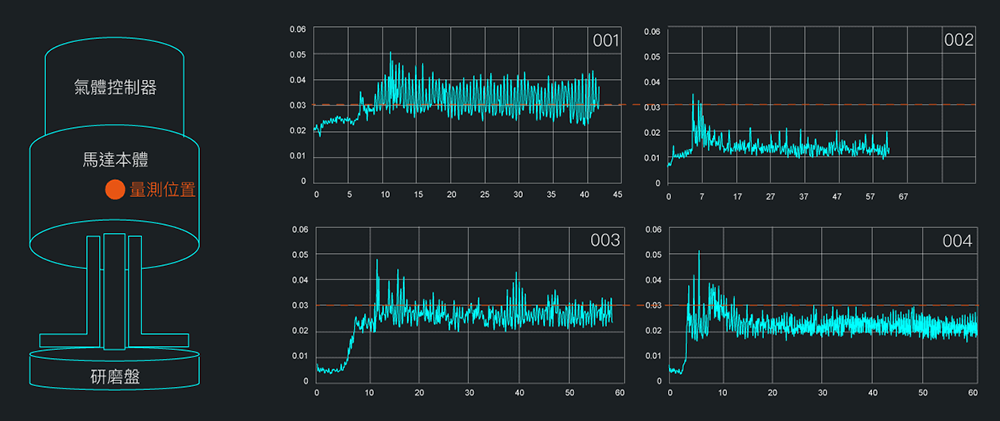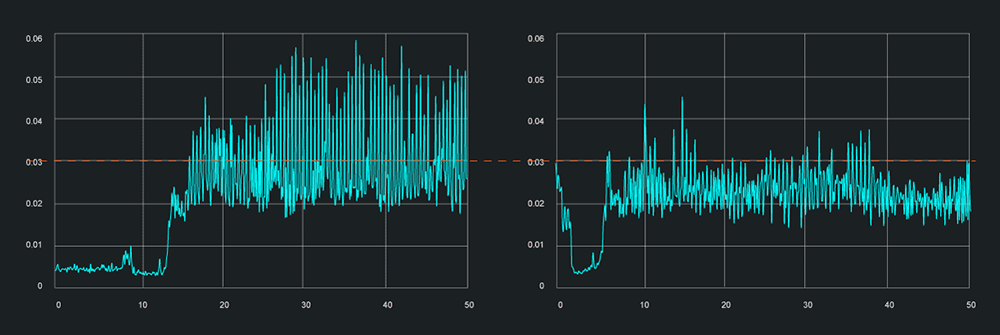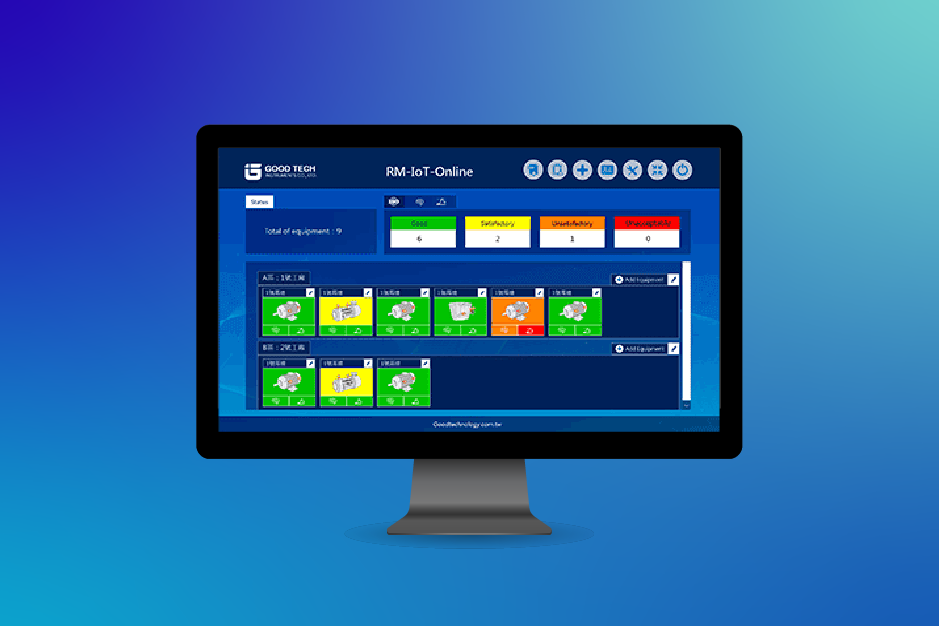How to Perform Measurement on Wafer Grinding Spindle?
Case|How to Perform Measurement on Wafer Grinding Spindle?During the grinding process, the spindle, which significantly affects wafer quality, is often covered by a protective casing that may introduce noise into measurement data. How should the measurement be conducted?
Semiconductor Grinding Process
The semiconductor grinding process is a crucial step in semiconductor manufacturing, typically used for refining and leveling different layers on semiconductor wafers. The primary goal of semiconductor grinding is to produce thin wafer layers and ensure flatness and surface quality between layers. Advanced packaging technologies, in particular, require better heat dissipation performance, and grinding helps manufacture thinner wafers, thereby improving heat dissipation and enhancing the performance of electronic components.
Grinding processes utilize grinding machinery, including grinding discs, spindles, abrasives, and other components. These machines enable high-precision control to finely grind the wafer surface. Among the grinding equipment, the spindle and the spindle motor are two critical components, and their relationship is crucial to the effectiveness and stability of the grinding process.

The movement of the grinding spindle requires highly precise control to ensure accuracy and surface quality during the grinding process. The spindle motor should provide precise speed and position control to ensure the spindle operates according to the preset parameters. Vibration during the grinding process may negatively impact the final product quality. A good motor should have low vibration and high stability to ensure smooth operation of the grinding spindle.
Therefore, managing the spindle is essential to ensure grinding quality. Since the spindle is the core of the equipment and is covered by a protective casing, attaching a sensor directly to the spindle may introduce background noise interference. How should the measurement be conducted?
Monitoring Explanation
VMS-PH Dynamic Analysis Instrument + VMS-RM Rotor Quality Management System
By using the VMS-PH dynamic analysis instrument to operate under both loaded and unloaded conditions, the optimal sensor installation position can be determined. The VMS-RM rotor quality management system provides long-term monitoring to understand equipment status, enabling trend-based management and serving as a basis for predictive maintenance.
Measurement Status

1. No-load acceleration to 30 rpm dynamic analysis comparison

Result: Excluding background fluctuations, the motor operation remains below 0.03, which can serve as a reference position for load measurement.
2. Load dynamic analysis comparison

Result: Comparing the dynamic analysis from stationary to grinding, using 0.03 as a threshold.
It shows that vibration in 001 is the highest, while 002 is the lowest, with the sequence: H1 > H3 > H4 > H2.
3. Dynamic analysis comparison of different grinding fluids (Measurement location: Motor body)
Grinding medium: Water

Grinding medium: Grinding fluid

Result: The dynamic signal of the grinding fluid is slightly higher than that of water.
4. Dynamic analysis comparison before and after maintenance (Measurement location: Motor body)

Result: After maintenance, the vibration has been reduced to 0.03 mm/s!
5. Machine operation status trend management

Measurement Conclusion
Due to background interference in the spindle cover axial measurement, the motor body is the optimal measurement location. It is the closest to the spindle and provides clear grinding signals. Additionally, the dynamic signal of the grinding fluid is slightly higher than that of water.
By using RM to learn real-time machine vibration broadband values and spectrum as a monitoring reference, machine operation status can be trend-managed. This allows for early detection of machine changes and provides a basis for predictive maintenance.
Rotor Health Monitoring System - Wired


